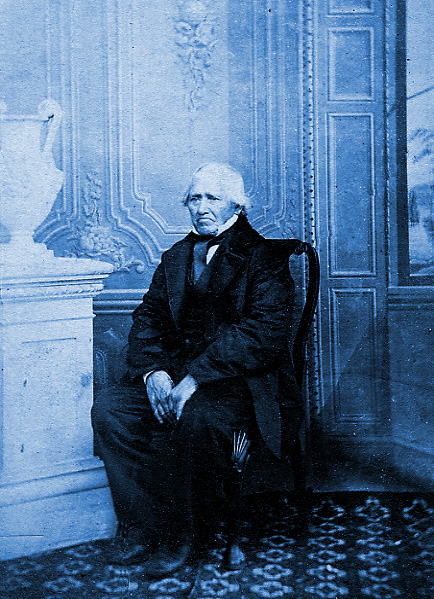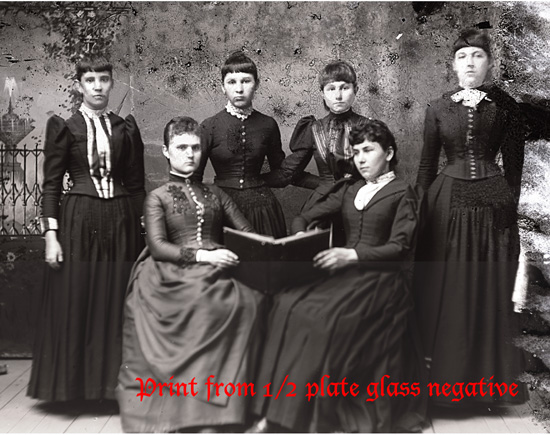




The directories are identified with a two year date, thus ‘1861/62’, so there is some uncertainty about which year the contents relate to. It has been assumed in the list that the information was largely gathered in the first year, and indeed the prefaces are dated to the middle of the first year, so anything from the volume above would be dated 1861 in the data tables.
However, unless the photographers were being considerate of future analysts, it is unlikely that they would all have finished work at the end of December, and restarted in new premises in January. A change of address could take place at any time in the year, so we would expect there to be an overlap in the years at each location. However, if the time of recording was just after a departure from an address, the occupant would last be recorded there the previous year. Similarly, if the passing of the recording clerk was just before before a departure, the occupant would not be seen at his next address till the following year. So the range of dates in the tables for each practitioner might well be extended by one year in either or both directions.
Also if an address was occupied for less than a year, the fact could be missed altogether. And if the process of preparing the directories was one of updating the previous year's entries, it would be easy to forget to remove the name of someone no longer in business, so they might persist for a year or two. All of which warns us to treat dates cautiously.
There are inconsistencies in the directories – variable spelling of names, ( Macs and Mcs and M's), entries probably omitted (where for example a photographer appears in a sequence of years, but a few years are missing), and wrong addresses (where one address in a series is different.) Where there is a consensus among other entries, a ‘correction’ has been made. Where there is information printed on the back of a cdv or cabinet card, that information overrides any other conflicting source.
The table below shows the directory entries for one name, which encourage us to believe that there was but one, perhaps unsettled, lady photographer.
| Photographer Name | Address | FKD | LKD |
|---|---|---|---|
| Browning, Theresa | 65 Paisley Rd. | 64 | 64 |
| Browning, Theresa | 14 Pollok St. | 65 | 65 |
| Browning, Theresa | 127 Paisley Rd. | 66 | 67 |
| Browning, Theresa | 66 South Kinning Place | 68 | 68 |
| Browning, Theresa | 12 Cumberland St. | 69 | 69 |
Note that as suggested above, there is no overlap in the dates.
A more general view of the accuracy of the dates is to look at the recorded occupancy of some of the longer lasting studios
(see below). It is probable that the single year gaps are explained by a new start being missed. A gap of more than one year may be a genuine period where the studio was unoccupied.

Another indication of the reliability of the directories is a comparison of the number of entries in each of them for the same year. The table below shows that there are large discrepancies.

Another source of possible error arises from the fact that It is sometimes not possible from the data to determine whether a name over a period relates to just one person, or if there were changes of address with gaps or overlaps, whether a number of different people were involved. An attempt has been made in the cases of the Stewarts, Stuarts, and Murrays to separate the practitioners on the basis of location and continuity, but in other cases of lengthy activity it may well that sons followed fathers without any change in the name.

Not all the photographers listed would have been involved in the production of small personal photo cards such as are shown in this site. Some, such as Sternstein, specialised in group photographs, such as above. There were those specialising in landscape, machinery, advertising and larger and more formal portraits. The Annan family produced long series of pictures of country houses, portraits of local notables, landscapes and of course the studies of the High street closes prior to their demolition.

Finally, it is hoped the viewer will forgive the author's indulgence in enlarging and tinting some of the pictures. Hand tinting was carried out on photographs in Victorian times, and it least does serve to remind that it was world with colours other than sepia!

